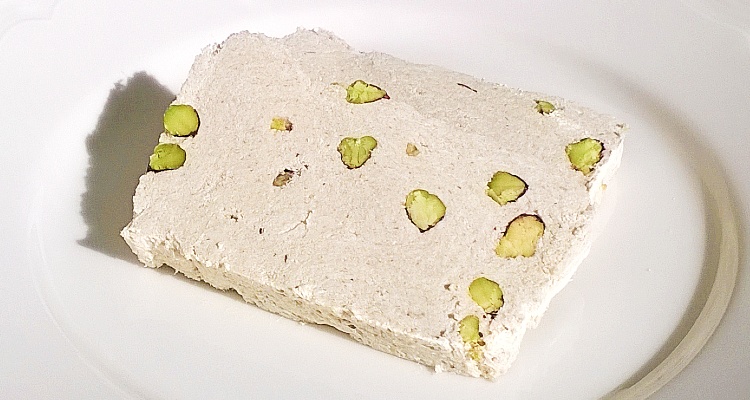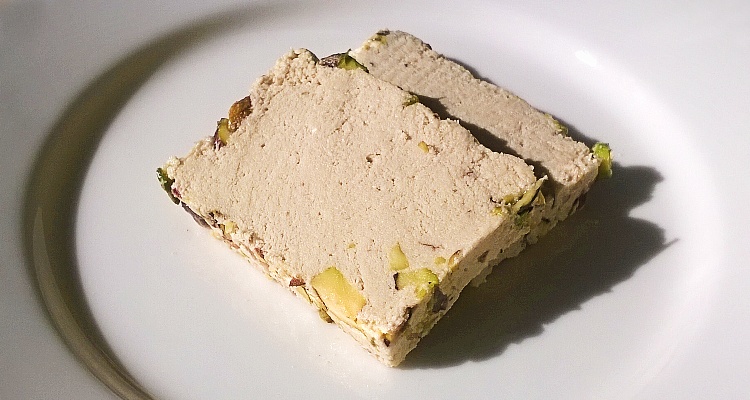What is halva? It’s a traditional sweet that’s popular in huge territories. Various sources claim that it originated in the Middle East and later spread out to the Balkan peninsula, North Africa, and even India. Nowadays, halva is a much-appreciated dessert in almost half of Europe (if you add on Poland, Lithuania, Latvia, Ukraine, and a big part of Russia to the Balkan states). Nevertheless, the Middle East still offers the biggest variety of halva. But this sweet is more and more in demand in other countries, notably the UK and the US, because of its great beneficial properties.
In ancient times, it was made from dates and milk or from sesame seeds and honey. As the time passed, more variations were invented, more ingredients were tried, and more complex ways of production were used. These days, in different countries, you may find a lot of quite similar and totally diverse kinds of halva (which may be called helva, halawa, chalva, halwa, halvah, chałwa, alva, haleweh, halava, helava, halua, aluva, etc.). But in fact, there are two main types of halva: flour-based and nut-based. The most common to Europeans is the latter one, made from crushed sesame or sunflower seeds, sugar syrup, and flavors. Very often, extra ingredients like nuts, cocoa, dried fruits, or even chocolate are added to it. I noticed that halva is a little bit different in every country. So there‘s much to explore if you like this sweet.
You may also call it the oldest food supplement in the world, as halva contains a lot of essential minerals, fatty acids, dietary fiber, proteins, amino acids, and other useful elements. But stay sane and indulge in this dessert in a moderate way because of the high sugar content. Up to 30 grams of halva should be enough to satisfy your sweet tooth.
And don‘t forget to read the labels on the packaging of this dessert: the fewer emulsifiers and acidity regulators used in it, the better the nutritional value you get. Also pay attention to the look of halva and the storage conditions when you buy it. If you notice a glossy, sticky, or even leaky surface, and if it is being sold in a sunny place or in the heat, the halva may be stale or not in good condition…
Finally, you should believe me when I say that you deserved to unveil for yourself a divine taste of halva. And I hope that Halvamania.com will help you choose the right one. Have a sweet life!


